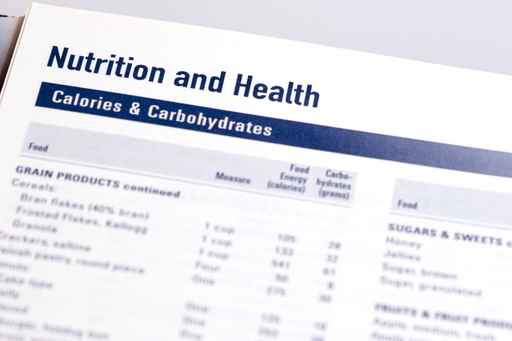After 20 years, the nutritional table has to restart from scratch: new rules will come into force shortly

In a constant struggle with the very serious obesity problems and chronic and heart diseases affecting the country, the US government is going to undertake new measures to make consumers become more aware and responsible for their nutrition. The updating of food labeling legislation is definitely a great offensive strategy.
Among the first countries to regulate the field of nutrition labeling and twenty years after the first publication, the US Food and Drug Administration now proposes a significant review of the legislation governing both the rules and the procedures relating to the nutrition table.
The updating process started in March 2014, however the deadline for public comments on the draft law has been repeatedly postponed; finally, further revision proposals (Federal Register, July 27, 2015) can be commented until Oct. 13, 2015 -namely the last day after which the final text will be drawn up.
There are many innovations that the new rule will introduce, in particular:
1. The nutritional table has to quote the information on the amount of added sugars and their percentage value (% DV). This value has just an informative purpose for the consumer since it indicates how much a nutrient contributes to the intake of a portion of the product. The rule envisages that the energy intake from added sugars should not exceed 10% of total calories of a serving;
2. an update of the portions which have been made more similar to the amount of product which is actually consumed during a meal;
3. the obligation to declare the content of calcium and iron is maintained and the declaration of potassium and vitamin D is added; the statements of vitamin A and vitamin C now become optional;
4. the graphics of the nutritional table undergoes a global review as well as footnotes to highlight some information such as calories and the number of portions
It is expected that the final text will be published after the end of 2015, and that there will be a long transitional period until 2018 to adapt labels to the new provisions.

